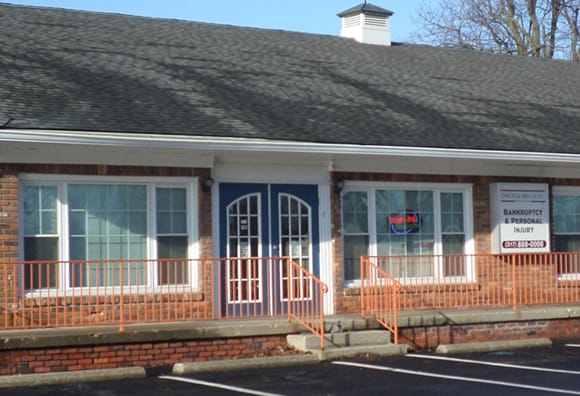Personal bankruptcy options provide a number of different protections to filing parties. One of those protections is the automatic stay that immediately goes into effect once the filing party files for bankruptcy protection. The protections offered by the automatic stay should be carefully understood by struggling consumers considering filing for bankruptcy.
Automatic stay protections of bankruptcy
The automatic stay goes into effect once the filing party files from bankruptcy and generally protects them from any further creditor collection activity during the bankruptcy process. Creditors are prohibited by the automatic from proceeding with creditor collection actions for the duration of the bankruptcy. Protections the automatic stay may be able to help with include:
- Stop utility disconnection: the automatic stay may be able to prevent utilities from being disconnected for up to 20 days or more.
- Stop foreclosure: the automatic stay may be able to stop the foreclosure process in some circumstances and personal bankruptcy options may be able to provide more long-term solutions to foreclosure in some situations.
- Stop eviction: the automatic stay may be able to stop the eviction process while the bankruptcy process is proceeding.
- Stop wage garnishment: the automatic stay may be able to stop the filing party’s wages from being garnished until the stay is lifted.
- Stop the government from recovering overpayment of public benefits: if the government is seeking repayment of public benefits, they may not be able to recover them while the automatic stay is in place.
The automatic stay applies regardless of what type of personal bankruptcy protection the filing party decides is best for them. Because it is such an important protection, filing parties should be familiar with what it can do for them and how personal bankruptcy options may be able to help them enjoy debt relief.


